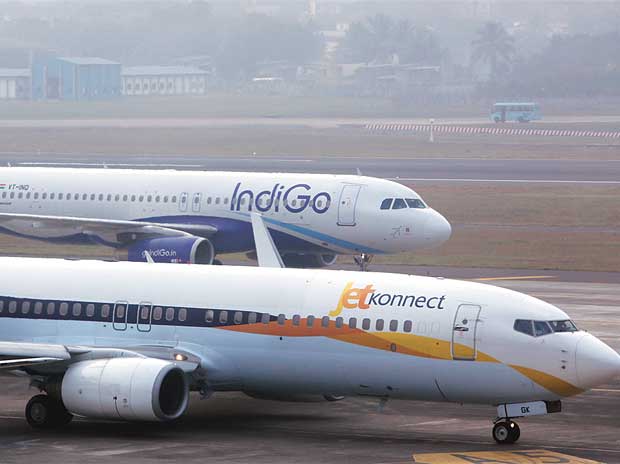Srinagar, Amritsar, Jodhpur, Leh & Twenty-Eight Other Airports in India Shut for Civilian Flights as DGCA Responds to Military Tensions Here's What You Need to Know About the New Travel Disruptions
Saturday, May 10, 2025

The extended airspace restrictions in appeared to be causing more than temporary disruption, as global travel planners began to weigh the broader implications of this regional tension. According to aviation sources, the cumulative effects of sustained closures and ongoing airspace bans could prompt long-term rerouting of international flights, especially those transiting over South Asia. If repeated or extended, such closures might affect not only local tourism economies but also on a global scale.
The —already grappling with shifting global travel patterns—might face an uneven recovery path. Operators dependent on seasonal tourists to , and are likely to feel an immediate pinch.
Key concerns raised internationally include:
The aviation sector was reported to be adapting rapidly, with operators instructed to chart where possible. Due to within the , airlines across both domestic and international spheres were advised to anticipate delays.
The closed segments, it was reported, would remain off-limits from ground level to unlimited altitude through . Flights from cities such as , , , and have already been .
The closure of was confirmed by the in light of between . Since , when , the situation had escalated, with of border regions. This prompted heightened operational alertness in sensitive regions.
The directive was understood to be part of the broader response to the , in which 26 people were killed. , launched by India, was seen as a strong retaliatory move that intensified the current standoff.
Authorities issued multiple confirming that would be disallowed at the following :
The restrictions were declared operationally necessary by the , and would remain until 0529 IST on .
This round of closures followed a series of earlier moves. As part of countermeasures, beginning , a decision taken in retaliation for the . In response, from entering its airspace as of .
These retaliatory airspace bans led to increased for airline operators, who must now reroute through longer corridors, often over oceanic airspace or via more expensive alternatives.
Leading carriers have publicly announced to and from the affected airports. Flights that were expected to operate through , , , , , Rajkot, Chandigarh, and Jodhpur were cancelled until May 15 at 0529 IST.
It was noted that at least 10 key destinations faced a full suspension of operations from several carriers. The aviation sector emphasized that safety and minimising disruption remained a priority, even amid unpredictable security developments.
Noticeable Disruption to Local and Regional Tourism
The tourism ecosystem in affected areas was anticipated to suffer both immediate losses and long-term consequences. States like Jammu & Kashmir, Himachal Pradesh, Punjab, Rajasthan, and Gujarat—popular for their natural beauty, heritage, and religious sites—were already witnessing trip cancellations and plummeting hotel occupancy rates.
Moreover, Leh and Kullu Manali, prime hill station destinations in Himachal Pradesh, have effectively become inaccessible by air, derailing planned itineraries for both domestic and international tourists.
Travel stakeholders expressed concerns over a domino effect—where safety fears and flight uncertainty could impact bookings across unrelated Indian destinations.
Tags: Adhampur, Air Traffic Service, airline sector, Airports Authority of India (AAI), Ambala, amritsar, Awantipur, Bathinda, Bikaner, chandigarh, dgca, Halwara, Hindon, India, jaisalmer, jamnagar, Kishangarh, ludhiana, Mundra, pakistan, Porbandar, Sarsawa, SHimla, srinagar, Thoise, travel alert, travel trends, Uttarlai











